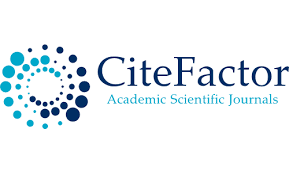Comparative Analysis of "A Thousand Splendid Suns" and a Similar Work in Uzbek Literature
DOI:
https://doi.org/10.62480/tjpch.2024.vol28.pp1-3Keywords:
Comparative analysis, A Thousand Splendid Sun, similarities, difference, traditionsAbstract
This article presents a comparative analysis of Khaled Hosseini's renowned novel "A Thousand Splendid Suns" and comparable works in Uzbek literature. The analysis explores the similarities and differences between the two literary traditions, examining themes, analytical methods, and cultural influences. Both the novel and Uzbek literature delve into the complexities of women's experiences, the impact of war and political unrest, and the pursuit of personal freedom. The narrative styles in both works employ vivid imagery, emotional depth, and multi-layered storytelling techniques. The comparative analysis highlights the resilience of individuals in the face of hardships, the role of women in traditional societies, and the unique narrative approaches used by the authors. The article concludes by emphasizing the valuable insights offered by these literary works and the need for further exploration and analysis of diverse voices in literature.
References
Khaled Hosseini. A Thousand Splendid Suns. Book. London,: Riverhead Books.2007.
Farhana Yeasmin. Khaled Hosseini’s a thousand splendid suns: a saga of Afghanistan. Article.
Research Journal of English Language and Literature (RJELAL).2020.
Rashidov A.”Chingiz Aytmatov olami”.Toshkent:O’qituvchi,2011.
Chingiz Aytmatov.”Jamila”.Toshkent.2016.
Downloads
Published
Issue
Section
License

This work is licensed under a Creative Commons Attribution-NonCommercial 4.0 International License.
User Rights
Under the Creative Commons Attribution-NonCommercial 4.0 International (CC-BY-NC), the author (s) and users are free to share (copy, distribute and transmit the contribution).
Rights of Authors
Authors retain the following rights:
1. Copyright and other proprietary rights relating to the article, such as patent rights,
2. the right to use the substance of the article in future works, including lectures and books,
3. the right to reproduce the article for own purposes, provided the copies are not offered for sale,
4. the right to self-archive the article.












